Ingmar Bergman | 1hr 44min

Ingmar Bergman splits Peter Egarmann’s visit to the brothel where prostitute Ka works in two halves, but much like the rest of From the Life of the Marionettes, they do not unfold in the order they occur. His sudden snap, brutal murder of Ka, and necrophilic rape makes for a viscerally disturbing opening, seemingly coming out of nowhere during a gentle embrace between the two. Red lighting drenches the interiors with an air of lust and danger, but Ingmar Bergman also continues to draw that palette through the walls and furniture that Ka hides behind in terror.
When the terrible deed is done, all colour drains from Bergman’s cinematography in a single fade to black-and-white, not to be seen again until the film’s final minutes. When that time comes though, we finally witness Peter’s initial arrival at the brothel, quietly nervous but not hinting yet at a murderous rage. Ka, we find out, is short for Katarina – the same name as his wife, who we know by now has been the subject of his barbaric dreams. This time, Bergman spares us from witnessing his brutal eruption, but afterwards as we hang on a close-up of his eyes, his monochrome perspective slowly fades back into colour.
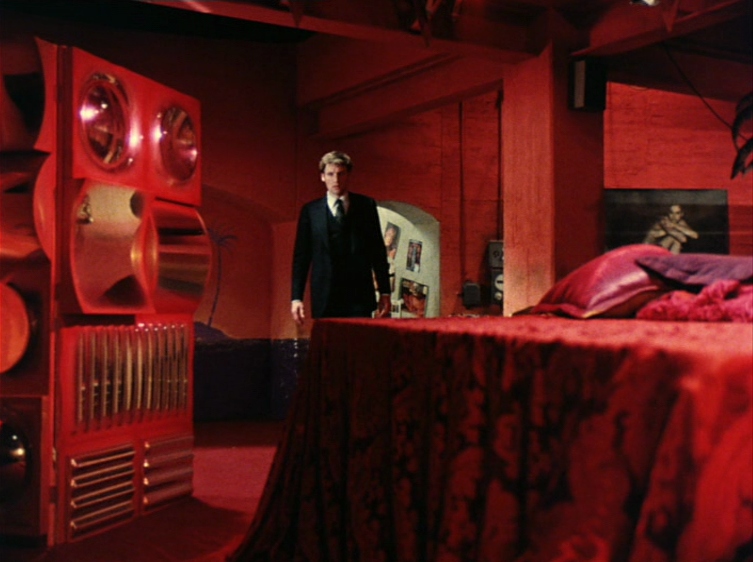

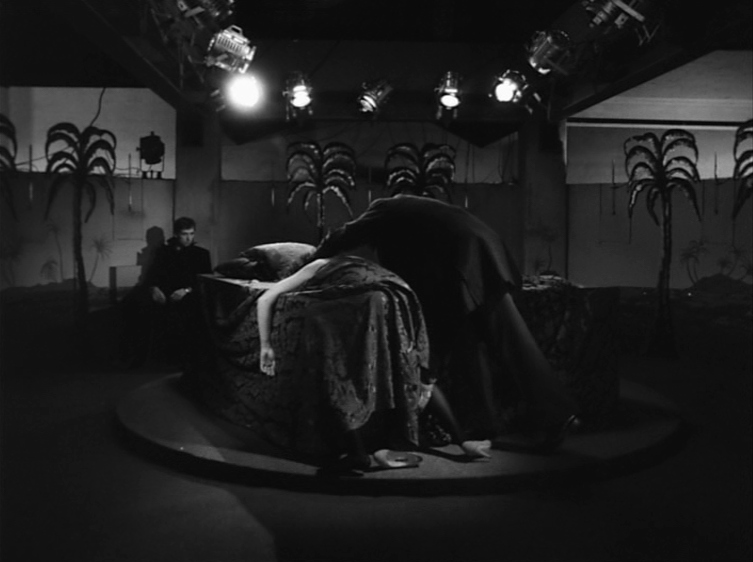
While everything in between these segments cuts non-linearly across the greyscale months preceding and following what Bergman labels the “disaster,” the implications that Peter only finds colour in his world through this murder are horrifying. His defiling of Ka’s body is an atrocious expression of the psychological torment that has plagued him since childhood, breaking through his pretence of masculinity with a vivid, honest assertion of his repressed anger and desire. Bergman has long considered the fragile minds that lurk beneath mild personas, but From the Life of the Marionettes is easily his most violent rupturing of that veil, seeking whatever logic lies at the source of this random outburst.
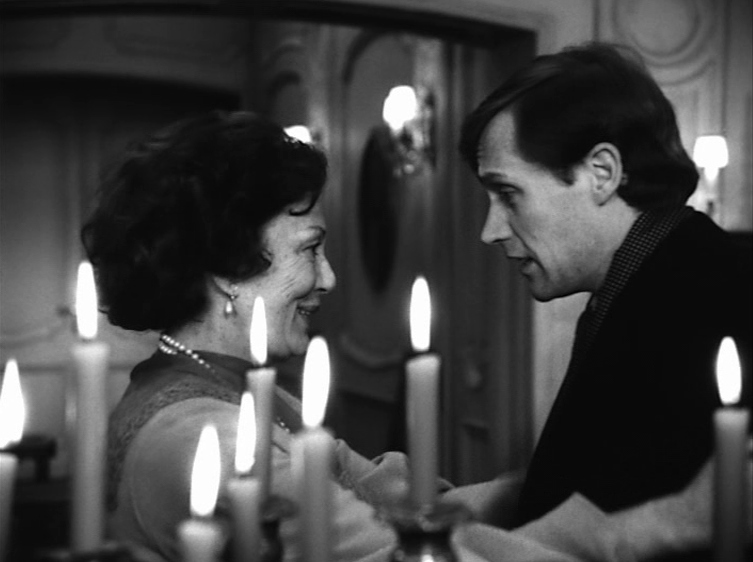
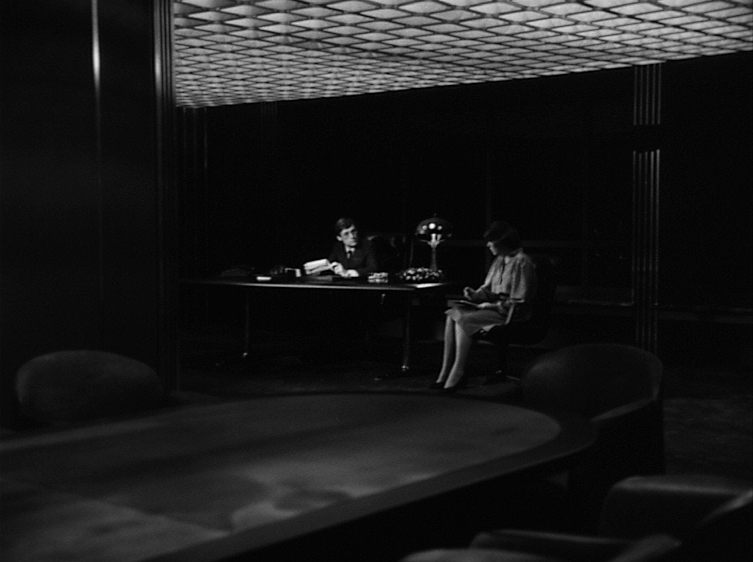
Not that the eventual resolution Bergman presents us with is terribly compelling. The psychiatrist’s reasoning that involves latent homosexuality and emotional blackouts is reminiscent of Alfred Hitchcock’s similar diagnosis at the end of Psycho, with its heavy-handed superficiality doing little to tie it all together. It is rather by sorting through the build-up and aftermath of the disaster that Peter’s mental unwellness properly comes into view, pieced together by the fragments of second-hand stories.
The structure of From the Life of the Marionettes thus takes the form of a Citizen Kane-inspired narrative, though with clumsy intertitles between scenes unfortunately over-explaining the context of each. Bit by bit, we come to understand Peter’s childhood through his mother, his sexual insecurity through his wife, and his final days before the disaster through her coworker, Tim. It is his spiteful jealousy and sexual feelings for Peter which became the catalyst for the disaster in the first place, seeing him purposefully introduce him to Ka so that a wedge may be driven into his marriage. Peter’s attempted suicide two days before murdering Ka also heavily indicates a man on the verge of doing something drastically destructive, but even this cry for help falls on deaf ears. This is a man who has been isolated by others, and thus further isolates himself.

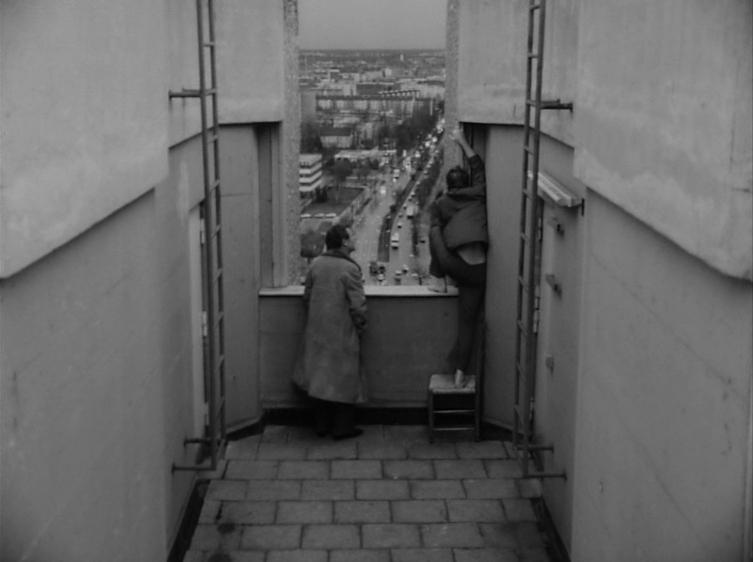

Perhaps the most revealing sequence of all arrives when From the Life of the Marionettes fully penetrates Peter’s subconscious mind, consuming him in the vast, white void of his dreams. Within this realm, Bergman fully expresses his trademark surrealism in dreamy dissolves, low frame rates, and obscured close-ups as Peter examines the body of his naked wife, trying to make love to her yet failing. In response to her mocking smile, he attacks her in a frenzy, and although his rage quickly dissolves in her warm, maternal embrace, it comes too late. Katarina is dead, and he knows he is responsible.
“Do I live at all? Or was that dream, as it was, my only short moment of life? Of truly experienced and conquered reality?”



More than any psychiatrist’s diagnosis, it is this surreal passage which most profoundly roots Peter’s action in some psychological foundation. To destroy what he deems the source of his masculine insecurity is to finally see his life in vibrant colour, despite there being new emotional prisons confining him inside a physical one. If he considered himself emasculated before, then he is even more sapped of his identity here, spending his days playing chess against computers and neglecting any contact with the outside world. As he lays in bed, he clutches his only shred of self left – a teddy bear kept from his childhood. Perhaps some blame can be pinned on society at large for failing Peter in From the Life of the Marionettes, selfishly manipulating him into emotional isolation, but this murderer’s retaliatory self-degradation is totally of his own tragic making.
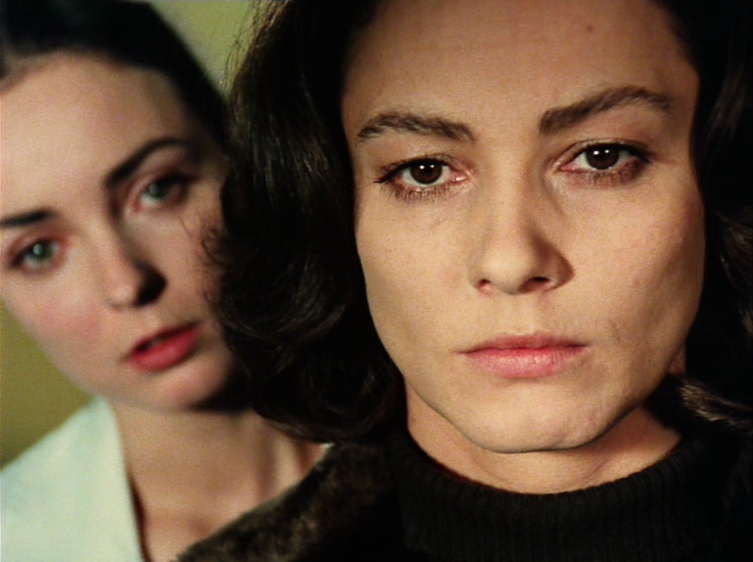
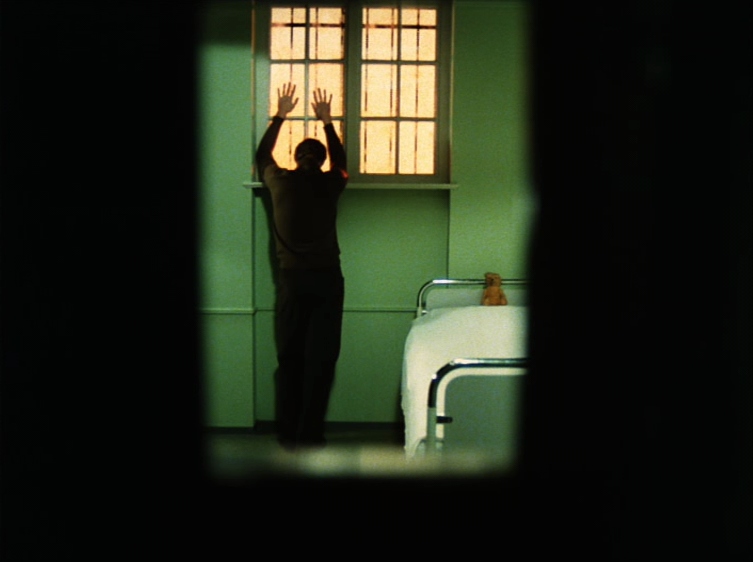
From the Life of the Marionettes is currently streaming on The Criterion Channel, and is available to rent or buy on Apple TV.


Pingback: Ingmar Bergman: Faces of Faith and Doubt – Scene by Green